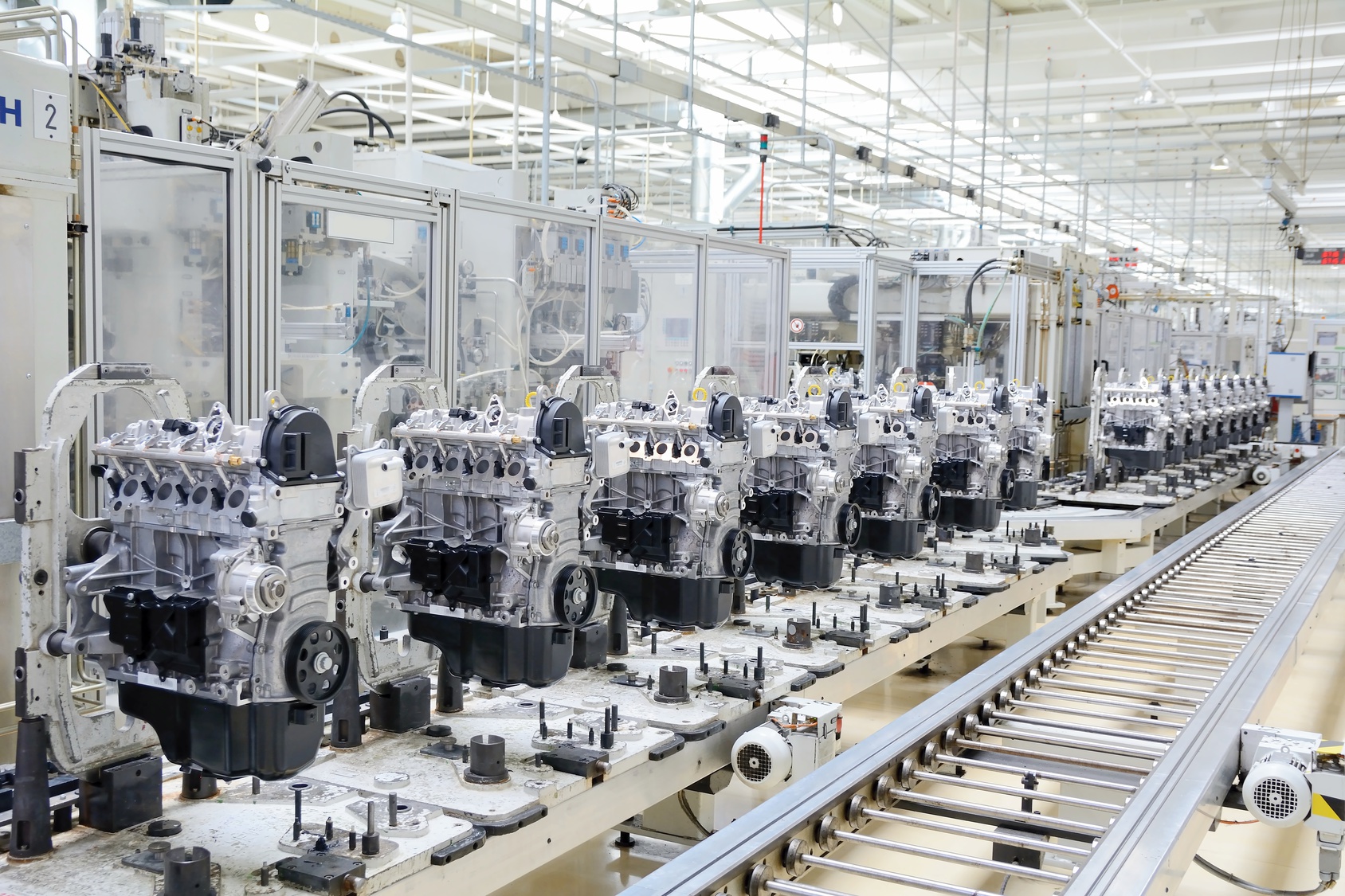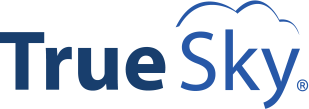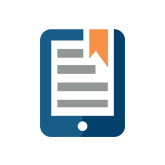The Benefits of Rolling Forecasts for Your Manufacturing Business

In manufacturing, having a strong idea of what lies ahead can mean the difference between a good year and a great year.
This may be why the manufacturing industry has been relatively quick to embrace the rolling forecasting method of planning, which, when done correctly, can give businesses a more accurate view of both present and future.
Has your manufacturing company been slow to embrace rolling forecasting? Are you wondering whether making the switch from an annual budget is worth the effort? Take a look at these 3 benefits that rolling forecasts can have for your manufacturing business.
Rolling forecasts allow you to create “what if” scenarios.
When you work with raw materials the way manufacturers do, your costs can be greatly impacted by volatile market forces.
For example, let’s say one of the materials that represents a large percentage of your costs is gold. In an annual budget scenario, you’re generally stuck projecting a single number, or possibly single range of numbers, for that material.
If something happens and the price of gold jumps sky-high or drops, then your budget has to be completely redone. That’s a time-consuming chore that takes your resources away from other important tasks.
If you use a forecasting solution like True Sky, however, you have the ability to create “what if” scenarios to manage these potential variances. Then you’re able to see how various changes in the price of gold would affect your other costs and profit, preventing surprises and enhancing your planning abilities.
Rolling forecasts can be tested against your actual data.
Rolling forecasts allow you to focus more on planning strategically for the future, which is a major benefit for any business. However, this doesn’t mean that you can’t test your forecasts against actual data.
In fact, you should be testing your forecasts periodically to ensure that your assumptions are on the right track. It’s easiest to do this when you use a forecasting software solution that can integrate with your ERP, so you can import actuals into your forecasting models. True Sky, for example, is a Sage certified solution, which means that it integrates with Sage’s ERP solutions.
By incorporating your actuals into the forecast from time to time, you can both gauge your forecasting accuracy, and spot any potential issues early. This will help you improve your forecasts in the long term.
You can change the frequency of your forecasts as needed.
When you begin using rolling forecasts, you may decide that you want to forecast on a bi-annual basis. After some time, if you find that you’re updating your forecasts on a more frequent basis, you may want to move to quarterly, or even monthly forecasts.
The great thing about forecasting is that this is completely doable. And if you do change your frequency, that doesn’t mean that the work you’ve put in your original forecasts is wasted.
This is a stark difference from the annual budget, which by its very nature, of course, is a once-yearly effort. On top of that, creating an annual budget is often a months-long process – not one that can be repeated on a regular basis.
At first, it may seem that doing more frequent forecasts will take up more time and resources. This may be true when you first begin, as you and your team will have to get used to forecasting for shorter timeframes.
However, as you get used to the process, you’ll find that your forecasts are improving – both in accuracy and in the amount of time it takes you and your team to put them together.
To learn more about rolling forecasting, and how True Sky may be able to help your business, read about True Sky’s features here.



